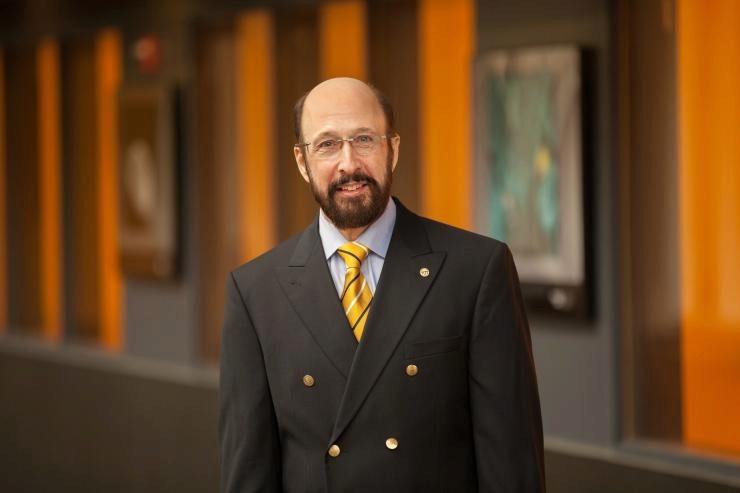Recognized for pioneering development of LEDs

Russell D. Dupuis has been honored with the Materials Today Innovation Award. He was presented with the award at the 2019 Materials Research Society Fall Meeting and Exhibit, held December 1-6 in Boston, Massachusetts. Dupuis holds the Steve W. Chaddick Endowed Chair in Electro-Optics and is a Georgia Research Alliance Eminent Scholar in the Georgia Tech School of Electrical and Computer Engineering (ECE).
Dupuis was specifically recognized “for pioneering development of the metalorganic chemical vapor deposition (MOCVD) technology and seminal contributions to compound semiconductor materials and devices, including the first MOCVD III-V compound semiconductor solar cells, and advances in quantum-well semiconductor light emitters used in telecommunications and visible LEDs (light-emitting diodes).”
Dupuis’ contributions to the development of MOCVD are among the most significant contributions made in the growth of semiconductor devices in the last 40 years. His work on the understanding and improvement of the MOCVD process was the key development that led to the demonstration of the first MOCVD-grown III-V compound semiconductor heterostructure solar cells, injection lasers, the first CW room-temperature quantum-well lasers grown by any materials technology, and the demonstration of high-reliability MOCVD lasers. These important achievements have had a great impact the efficient use of energy in the world.
Dupuis has been a member of the Georgia Tech ECE faculty since 2003. Prior to his arrival at Tech, he was a chaired professor at the University of Texas at Austin and worked at Texas Instruments, Rockwell International, and AT&T Bell Laboratories.
In 2015, Dupuis was one of five pioneers to receive the Draper Prize for Engineering in recognition of the significant benefit to society created by the initial development and commercialization of LED technologies. He has also been recognized with the IEEE Edison Medal and as a Fellow of the IEEE, OSA, the American Physical Society, and the American Association for the Advancement of Science for his achievements in this field.